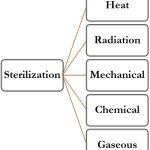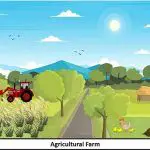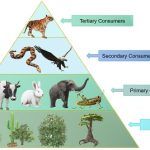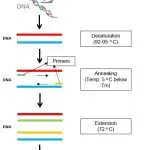Just like animals, plants too have a unique and complex living pattern that is made possible by the numerous tissues making up their body. Plant tissues are classed as meristematic or permanent based on their structure, location, orientation, and function. Meristematic tissues are made up of identical types of cells that are constantly diving, differentiating, and … [Read more...] about Difference Between Meristematic and Permanent Tissue
Difference Between Sterilization and Disinfection
Following the covid eruption, you may have come across the terms disinfection, sterilization, and even sanitisation at regular intervals. All of these phrases refer to antimicrobial procedures aimed at eradicating pathogenic microorganisms and other infectious agents. Disinfection is a common and simple method of decontamination that we employ on a daily base. On the other … [Read more...] about Difference Between Sterilization and Disinfection
Difference Between Natural and Artificial Ecosystem
Ecosystems, whether natural or artificial, both rely on the cosmic principles of nature. However, there are other differences between these two systems, including creation, purpose, diversity, susceptibility, sustainability, etc. The natural ecosystem is the outcome of the constant interplay between living and non-living organisms, as well as the environment in which they … [Read more...] about Difference Between Natural and Artificial Ecosystem
Difference Between Producers and Consumers
The meaning of producer and consumer is obvious and evident from their names themselves. Producers, in general, are those who create something, whereas consumers are those who utilize something. The term 'Producers' is used in biology to describe the living entities that have the potential to produce food from natural elements like sunlight, carbon dioxide, water, etc. The … [Read more...] about Difference Between Producers and Consumers
Difference Between PCR, RT-PCR and qPCR
Beginning genetic material i.e., the template is different in all three types of PCR- regular, RT PCR and qPCR. The basic PCR utilizes normal double-stranded DNA as a template. Whereas RT PCR permits only works with RNA as a template. qPCR is the most advanced version that is capable of working with both DNA and RNA as templates. PCR and RT PCR only determine the presence … [Read more...] about Difference Between PCR, RT-PCR and qPCR





